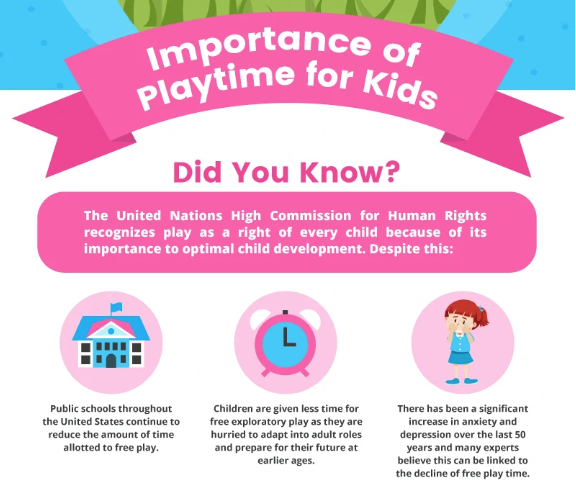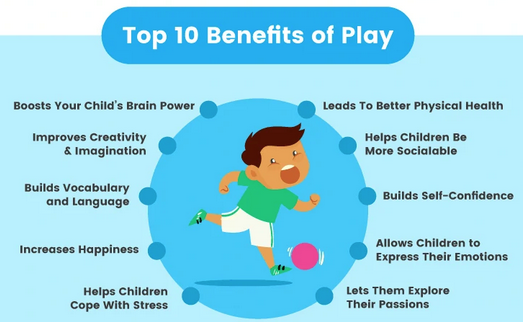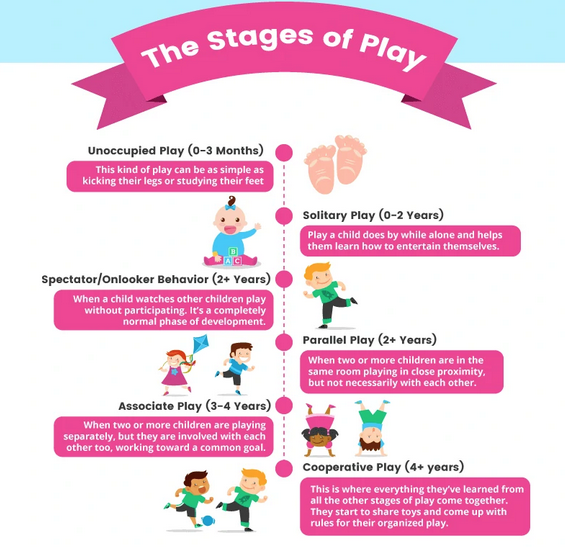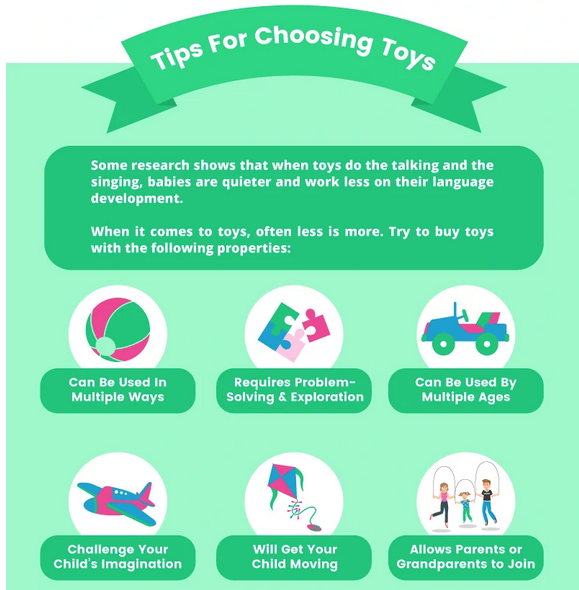19 Scheduling and Design
Chapter Objectives
In this chapter, you will be learning about:
- Safe and effective learning environment for an infant or toddler.
- Importance of a daily schedule for infants and toddlers.
- Various ways to create a sensitive and responsive schedule.
Introduction
The environment for an infant or toddler where they may spend up to 10 hours a day is critical. The physical characteristics of the environment play a major role. This chapter explores the building, classroom, and program as indicators of the quality of the physical environment that house the program.
The building that houses the program is as important individual classrooms. Some programs are in a buildings specifically designed for childcare. In my experience teaching and administering programs, I only had the opportunity once to work in a specifically designed building. Most of the buildings I worked in were redesigned spaces in churches, private schools, and one was originally a train station. The redesigned spaces were more challenging in terms of food preparation and toileting needs.
The classroom must be a safe and comfortable and the program should reflect developmentally appropriate practice, considering the age of the children, individual needs, and the social and cultural expectations of the family and community.
Safe, responsive, and nurturing environments are essential in supporting the learning and development of infants, toddlers, and preschoolers. As intentional teachers we must examine the the space, materials, equipment, routines, and activities that can be altered to support growth and development in all domains. Well-designed environments:
- Support responsive caregiving
- Foster independence and feelings of competence
- Encourage educator productivity and efficicency
- Promote children’s engagement with learning
- Decrease challenging behaviour
- Facilitate appropriate social interactions among children
- Provide structure and predictability
Resources to Explore
- Early Childhood Environments: Designing Effective Classrooms. The module describes how to set up effective inclusive early childhood classroom environments for young children and provides details about the interrelated physical, social, and temporal components of those environments.
- Great Places To Be a Baby: Infants’ and Toddlers’ Learning Environments.
- Infant and Toddler Spaces: the possibilities for infant and toddler spaces.
Scheduling
To create effective learning environments for infants and toddlers, you will develop a daily schedule and in your weekly activity plan include activities that promote language and communication development. This section will examine how to schedule and plan so you can use interactions to enhance each child’s development. Infant and toddler learning is dependent on relationships because the support and interactions of caregivers are critical to the growth and learning. Relationship-based practice is essential in infant and toddler education and care.
Scheduling the infant and toddler day can be challenging while considering infants and toddlers need stimulating, safe environments, time for outdoor play and fresh air, a variety of play choices that vary throughout the day, and warm, nurturing interactions with adults.
Schedules help to create a predictable routine for the children while being flexible and responsive to individual needs of the children. The schedule should provide time and support for transitions, include both indoor and outdoor experiences, and include times for rest and to be active. Teachers organize time and space on a daily basis to allow children to work or play individually and in pairs, to come together in small groups, and to engage as a whole group.
A typical daily schedule consists of arrival, child-directed learning, snack, child-directed learning, lunch, naptime, snack, child-directed learning, and departure. Diapering takes place when needed and diaper checks occur throughout the day. The children arrive and depart at different times, but the schedule of events remains consistent, providing a basic predictable framework for the day.
Video: Classroom Schedule Training for Infants, Toddlers and Twos[1]
This training focuses on the unique needs of this age group for daily scheduling. The pictorial schedule is featured as the recommend tool for creating a flexible schedule for young children.
Reading Exercise
Read the article, Keys to quality infant/toddler care: Nurturing baby’s life journey [2]and answer the following questions:
- How will your schedule minimize stress and create rituals and routines?
- How will you stimulate language and literacy in everyday routines?
Reading Exercise
Read the article, Group Times for Older Infants and Toddlers[3] and answer the following questions:
- Look for ways to Ways to Make Group Times More Flexible and Responsive to Children.
- What type of group time have you observed or held?
- Were the group times effective?
- Why or why not?
- How will you include the information in your daily schedule?
Remember that each child’s temperament affects everything from sleeping and eating habits, to approaches to play and activity. You might want to add a note on your schedule where you state that you may adjust the daily schedule and environment because of individual differences so all children establish a healthy sense of self.
Overall Design Considerations
Well-designed environments allow children to build strong relationships and encourage play. When designed right, the child can build a sense of security, exploring play areas that allow both independent play and play with others as they choose. Physical environments for infants and toddlers are different from preschool classrooms. For example, due to the different eating and sleep cycles of young infants room design and materials will need to be different.




Nine Key Concepts
There are nine key concepts to consider for caregiving environments:
- safety
- health
- comfort
- convenience
- child-sized
- flexibility
- encouraging movement
- allows for choice
- ensures accessibility
Environments for infants need to ensure their safety and promote health and comfort for both infants and caregivers. Caregivers must be able to access materials conveniently. Furnishings need to be child-sized, maximize flexibility, encourage movement, and allow for choice. As you read this week, think about your challenge to design an ideal classroom for either infants or toddlers. In addition to the articles, use the resources to help you create an effective classroom design.
Video: Preparation for Life: Montessori Infant-Toddler Communities[4]
Resource to Explore
- Infant-Toddler Zone Handbook
Look for the nine key concepts to consider for caregiving environments: safety; health; comfort; convenience; child-sized; flexibility; encouraging movement, allows for choice and ensures accessibility.
Creating a Secure Infant-toddler Environment
Arrangement
- Plan open spaces to see and hear all children at all times.
- Have infant and toddler areas separate from older children.
- Use approved gates or doors to close off dangerous areas.
- Have two exits from each room with one having direct access to the outdoors.
- Have adequate storage for all equipment and supplies.
- Position the diaper changing table so staff can see everyone and everywhere.
Hygiene
- Have hand washing sinks in diaper-changing, toileting and food preparation areas.
- Have child-sized toilets and low sinks.
- Provide area for cleaning, sanitizing and sterilizing toys and equipment.
- Provide separate sanitary space for food preparation and service.
Safety
- Remove all clutter.
- Secure or remove area or scatter rugs.
- Secure heavy pieces of furniture and equipment.
- Pad or remove furniture and cabinets with sharp edges or corners.
- Put safety locks on low cabinets, drawers and toilet lids.
- Put safety locks on medication and cleaning supply storage cabinets or containers.
- Shield children from air conditioners, heating vents, heaters, humidiUiers and fans.
- Use safety plugs in all electrical outlets.
- Keep nightlights out of children’s reach.
- Remove all electrical, phone or hanging cords and tablecloths from children’s reach.
- Install guards on all windows and protective hinge guards on all doors.
- Use lead-free blinds, shades and window treatments with no hanging cords.
- Use unbreakable mirrors.
Maintenance
- Have lead-free walls, woodwork and Uloors that are easy to clean and sanitize.
- Allow no peeling, Ulaking or chalking paint on any walls, cabinets and surfaces.
Outdoors
- Have classroom space directly connect to outdoor play areas.
Take A Child’s-Eye View
- Arrange equipment to make open spaces for babies to crawl and toddlers to toddle.
- Check all equipment and furniture placement for entrapment areas.
- Remove all rocking chairs and walkers.
- Use chair gliders with closed side panels. Have child-sized tables, chairs, shelves and cribs.
- Make all children secure in high chairs, strollers and on diaper changing tables.
- Remove all possible choking hazards.
- Have trash cans and diaper pails with secure lids, away from children’s reach.
Toys
- Use low shelves for toy storage and display.
- Avoid using toy boxes with lids.
- Check toys for durability, size and age appropriateness.
- Remove toys with sharp edges, splinters, cracks, rips and other dangers.
- Make sure all materials are nontoxic and lead free.
- Have a daily schedule to clean all toys, equipment, and surfaces.
- Remove all mouthed toys until they have been cleaned, sanitized and air-dried.
Safe Places To Nap
- Have a crib, cot or mat for each child – no sharing.
- Never use chairs, sofas, adult-beds, waterbeds or beanbags for children’s sleeping.
- Allow no soft bedding in cribs or playpens.
- Use cribs and playpens with slats spaced no more than 2 3/8” apart.
- Never use cribs or playpens with missing or cracked slats.
- Lock side rails in ‘up’ position on cribs and playpens when children are in them.
- Keep a distance of 18” to 36” between beds to reduce the spread of germs.
- Have evacuation crib(s) with wheels to transport a group of children in emergencies.
Image Credits
MomLovesBest. (2021, November 13). The Benefits of Play for Children [infographic].https://momlovesbest.com/playtime
Chapter Attribution
Chapter adapted from Scheduling and Overall Design Considerations in Infant and Toddler Education and Care by Susan Eliason, CC BY-NC-SA.
- Early Childhood Connection. (2014, November 26). Classroom Schedule Training for Infants, Toddlers and Twos. YouTube. https://youtu.be/cGvz2k4eLrI ↵
- Honig, A. (2010). Keys to quality infant/t o quality infant/toddler car oddler care: Nurturing bab turing baby's life journey. Syracuse University. ↵
- Post, J., Hohmann, M., Epstein, A. (n.d.). Group Times for Older Infants and Toddlers. Highscope, 26(6), 1-8. ↵
- Educational Video Publishing. (2009, October 12). Preparation for Life: Montessori Infant-Toddler Communities. YouTube. https://youtu.be/y0-z7-8loGc ↵

